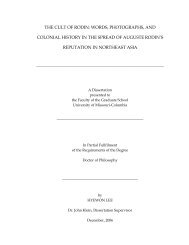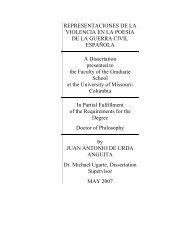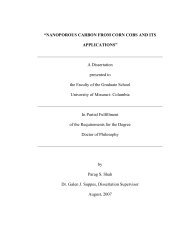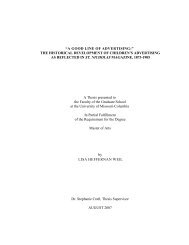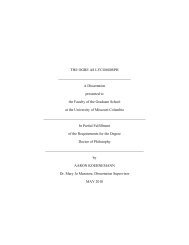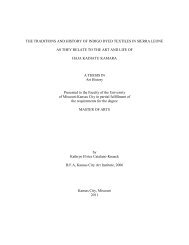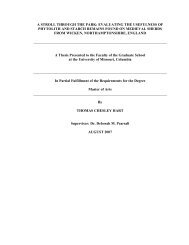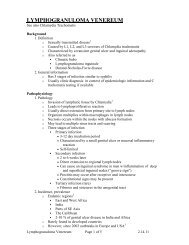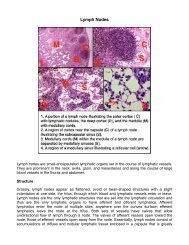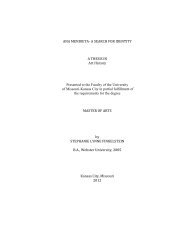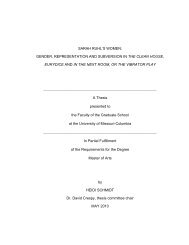Social Construction of Reality - Bad Request
Social Construction of Reality - Bad Request
Social Construction of Reality - Bad Request
Create successful ePaper yourself
Turn your PDF publications into a flip-book with our unique Google optimized e-Paper software.
2. A follow-up study <strong>of</strong> the implementation <strong>of</strong> the findings from this research. This<br />
will provide The School District additional organizational knowledge creation<br />
opportunities relative to process use <strong>of</strong> program evaluation.<br />
3. A comparative study <strong>of</strong> other school districts that have advanced program<br />
evaluation models should be conducted. This would provide practitioners within<br />
the K-12 arena a better understanding <strong>of</strong> the long- term impact <strong>of</strong> evaluation<br />
capacity building within a K-12 school district.<br />
Summary<br />
The purpose <strong>of</strong> this study was to provide a Utilization-Focused Evaluation<br />
(Patton, 1997) <strong>of</strong> a Missouri School District’s, hereafter referred to as The School<br />
District, program evaluation process. The distinguishing feature <strong>of</strong> the Utilization-<br />
Focused Evaluation (UFE) approach is that it emphasizes intended use by clearly<br />
identified intended users. For this UFE, the primary intended user was the superintendent<br />
<strong>of</strong> a K-12 school district in Missouri; other stakeholders for this study were identified as<br />
the highest level <strong>of</strong> leadership within The School District. This group <strong>of</strong> stakeholders is<br />
collectively referred to as the superintendent’s cabinet.<br />
The problem addressed by this study was that The School District had not yet<br />
determined how to implement program evaluations that are routinely capable <strong>of</strong><br />
maximizing the use <strong>of</strong> stakeholder time, overcoming geographic constraints, and<br />
providing anonymity where necessary while still promoting organizational knowledge<br />
creation. The School District needed a program evaluation model that balanced<br />
organizational knowledge creation with cost effectiveness, efficiency, and compliance.<br />
104



